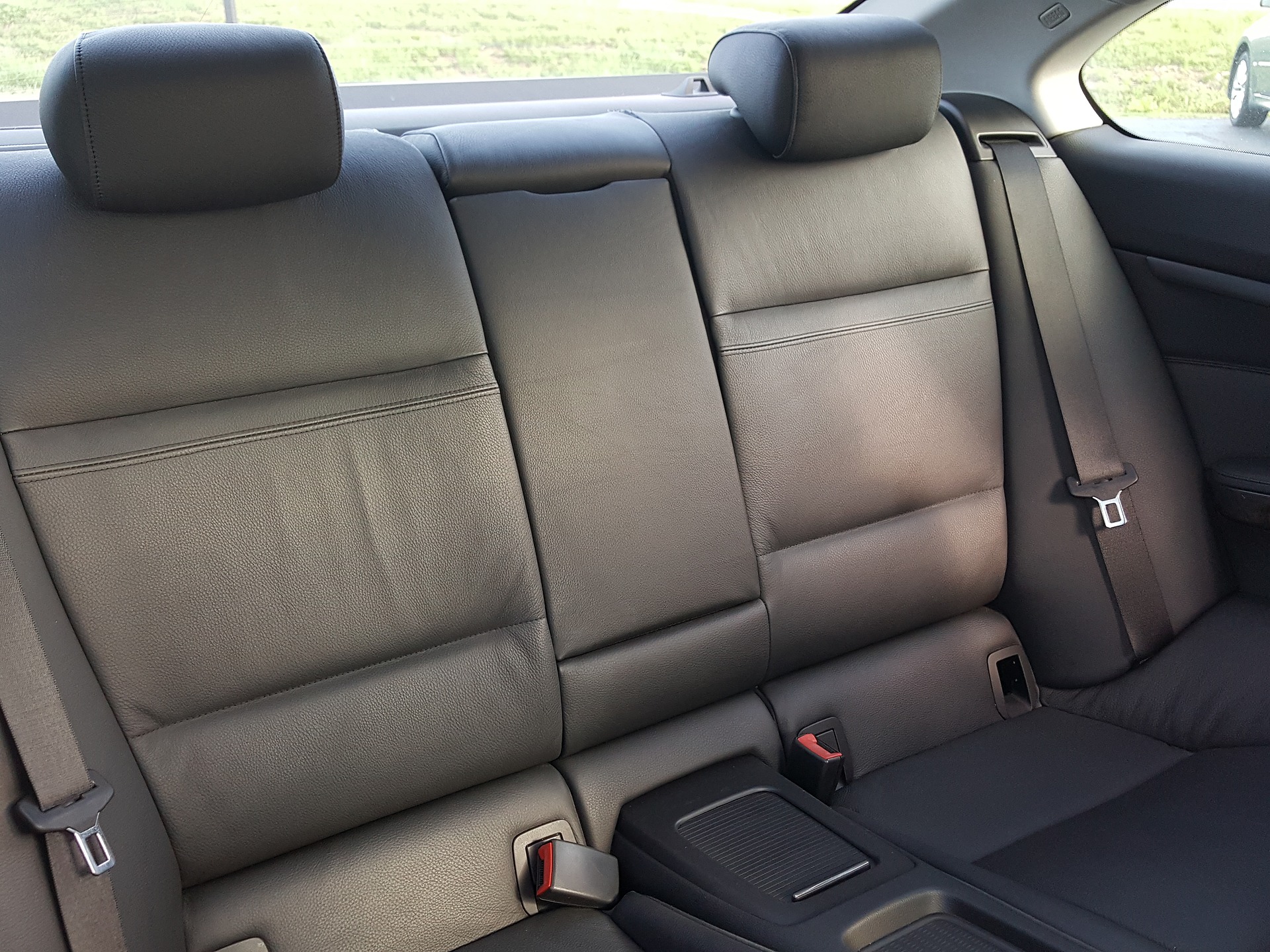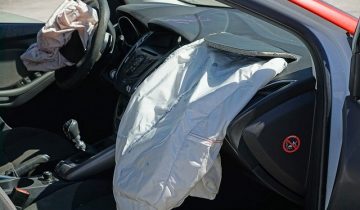While driving, wearing a seat belt is still the best safety precaution drivers, and passengers can take. However, like other devices, seat belts can malfunction while in use. Therefore, car owners need to have them maintained along with other safety devices in the vehicle. But before bringing the car to a seat belt repair center, it is best to understand how seat belt failure occurs through its most common causes.
1. Retractor Failure
The most common cause of seat belt failure is the seat belt retractor failure, caused by the following:
The driver may not be inserting the seat belt correctly in the retractor. Improper insertion causes the seat belt end to interfere with the retractor mechanism attached to the seat belt.
The retraction mechanism is loose, which causes the belt to be open. If the seat belt is always flexible, the retractor will always pull the seat belt and cause it to be loose. The vehicle will then have to be brought to a seat belt repair center for seat belt replacement.
2. Latch Failure
Another common cause of seat belt failure is latch failure. It usually occurs during accidents and sudden stops. Drivers can locate the latch itself; therefore, it can malfunction anytime it is used. The latch’s primary function is to hold the seat belt in place, and if it fails, the seat belt can be pulled out of the latching mechanism. The vehicle could then be brought to a seat belt repair center for seat belt replacement to ensure that the car’s safety measures remain intact.
3. Spooling
If the retractor or latch fails, it may result from spooling. Spooling occurs when the seat belt retracts farther than it was supposed to, resulting in the seat belt being pulled out of the buckle, or it could also result in the seat belt being removed out of the retractor or latch.
During spooling, the seat belt is also pulled out of its anchor. The vehicle can be brought to a seat belt repair center for a seat belt replacement to solve the problem. Should the seat belt still produce a malfunction after replacement, it is best to have the vehicle checked by a professional to determine the cause of the failure.
4. Excessively Long Seat Belt
If the vehicle is equipped with lap-only seat belts and is too long, they could interfere with the seat belt structure. It can cause the seat belt to be loose when the driver tries to put it on.
Long seat belts can also cause the belt to be loose. Like the seatbelts risks coming off its anchor, the seat belt could also collide with the steering wheel, causing it to be open. The vehicle can be brought to a seat belt repair center for seat belt replacement.
5. Worn-Out Belts
A worn-out seat belt is another cause of failure. The seat belt should also be inspected regularly by the driver. Signs of wear include fraying, cracking, tearing, and discoloration. If any of these signs are present, then it is time to bring the car to a seat belt repair center for seat belt replacement.
Conclusion
A seat belt is a safety device, but it is not an indestructible part. If the car is not subjected to regular servicing, a seat belt failure will increase. Inspect for cracks, frays, discolorations, and other signs of wear. Routine inspection of the seat belt will also let the driver know if there are any malfunctions and the extent of the damage.
Safety Restore offers seat belt repair services in Massachusetts. We provide seat belt replacement and seat belt repair services, ensuring our clients’ safety while driving on the road. Remember to include seat belts in routine maintenance checks and have your airbag reset near you today.


